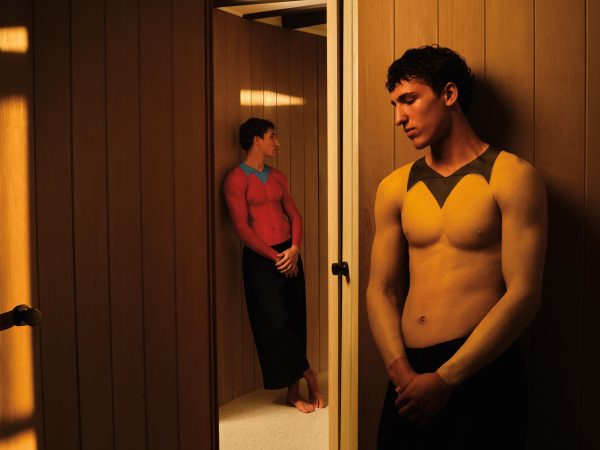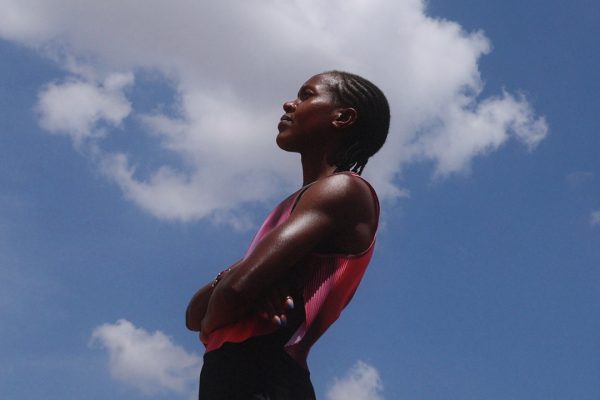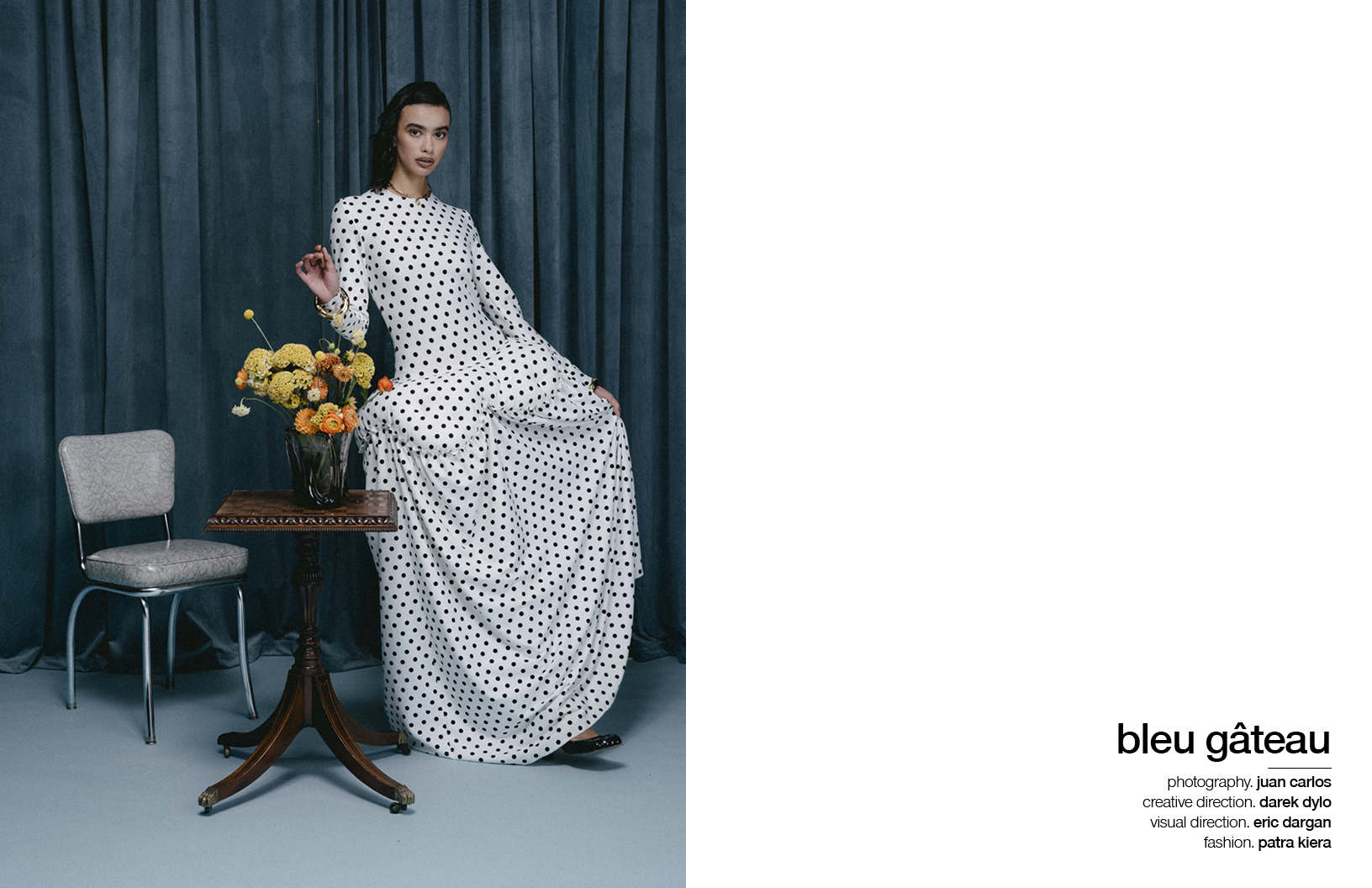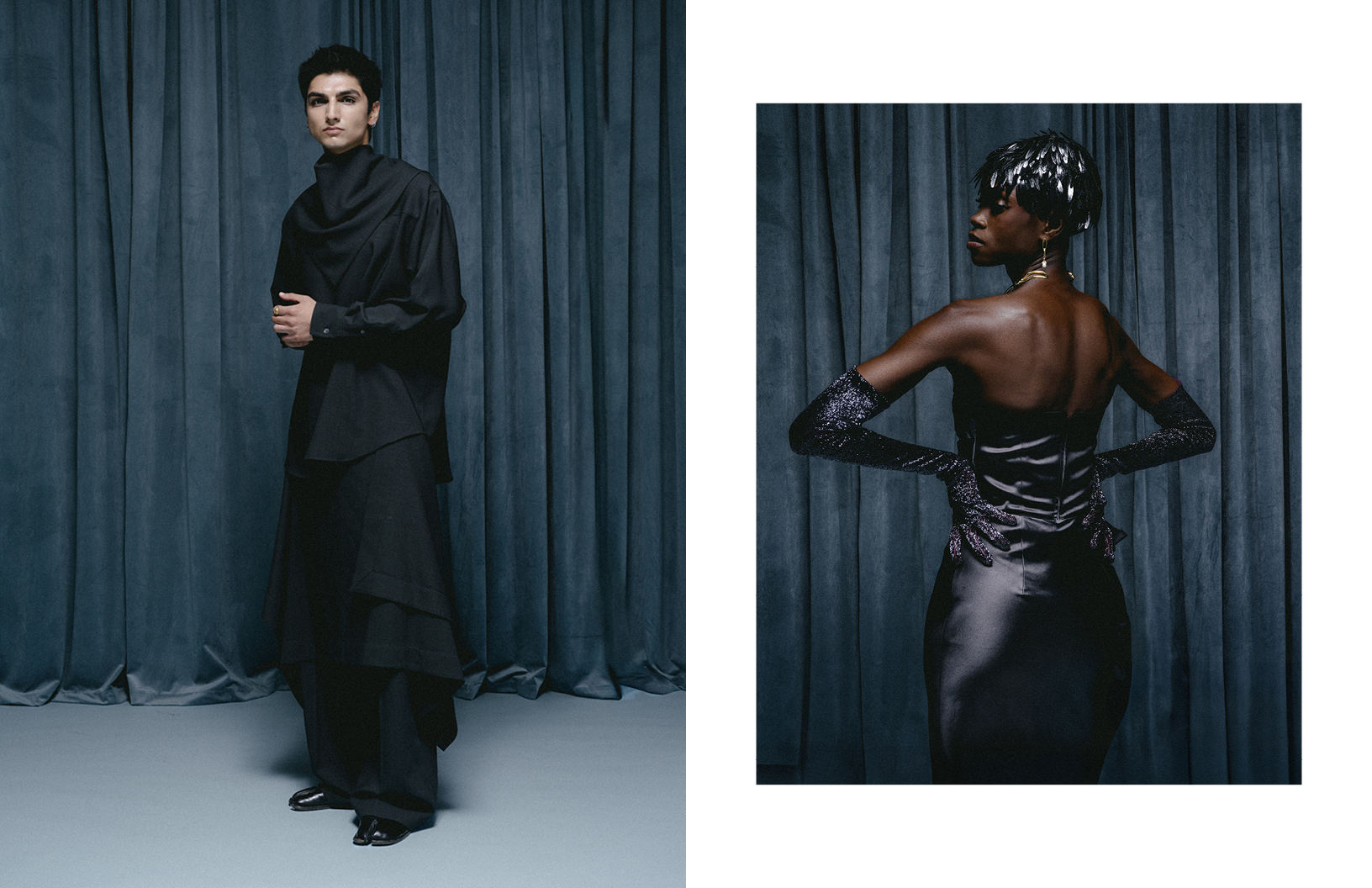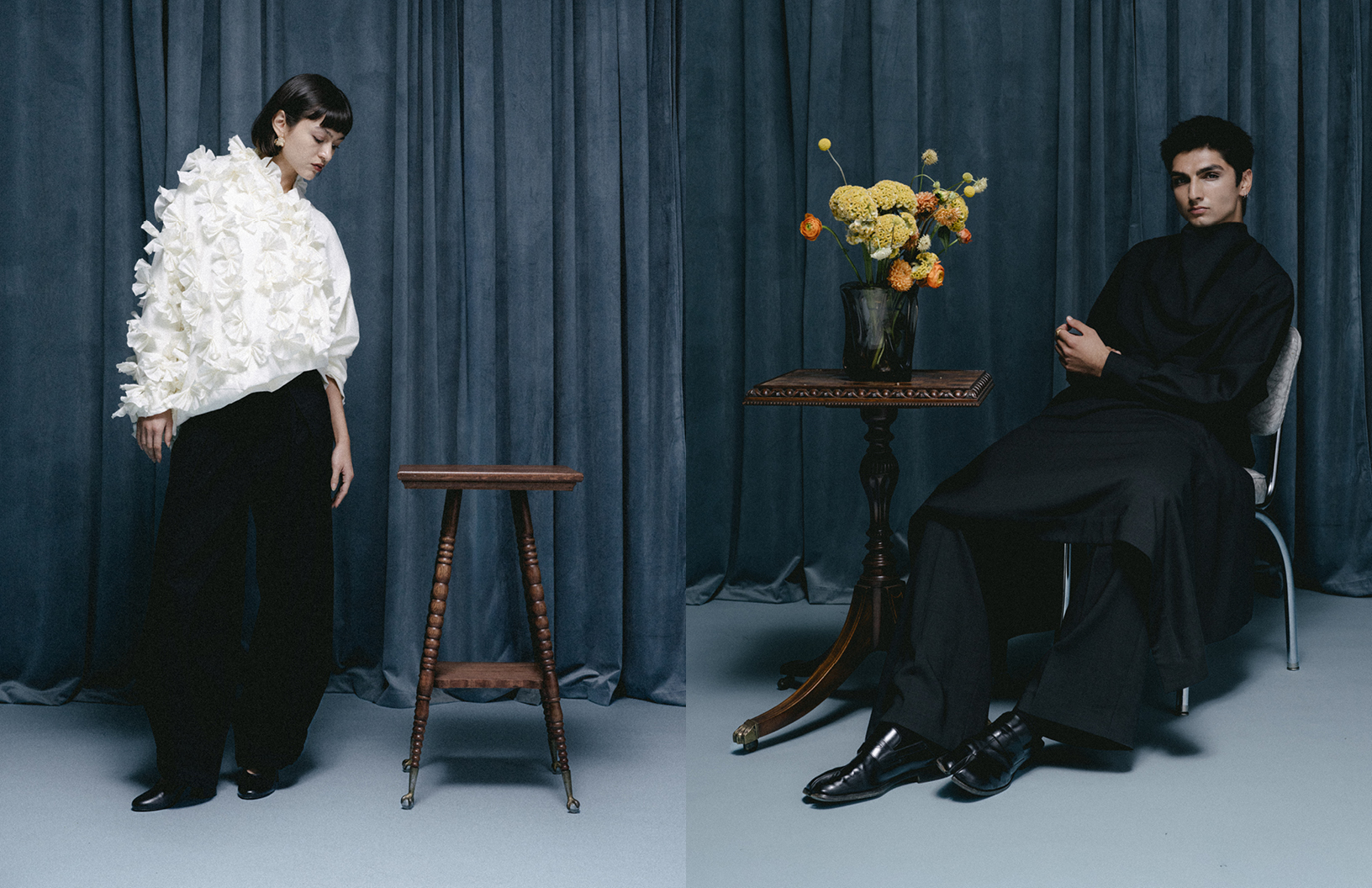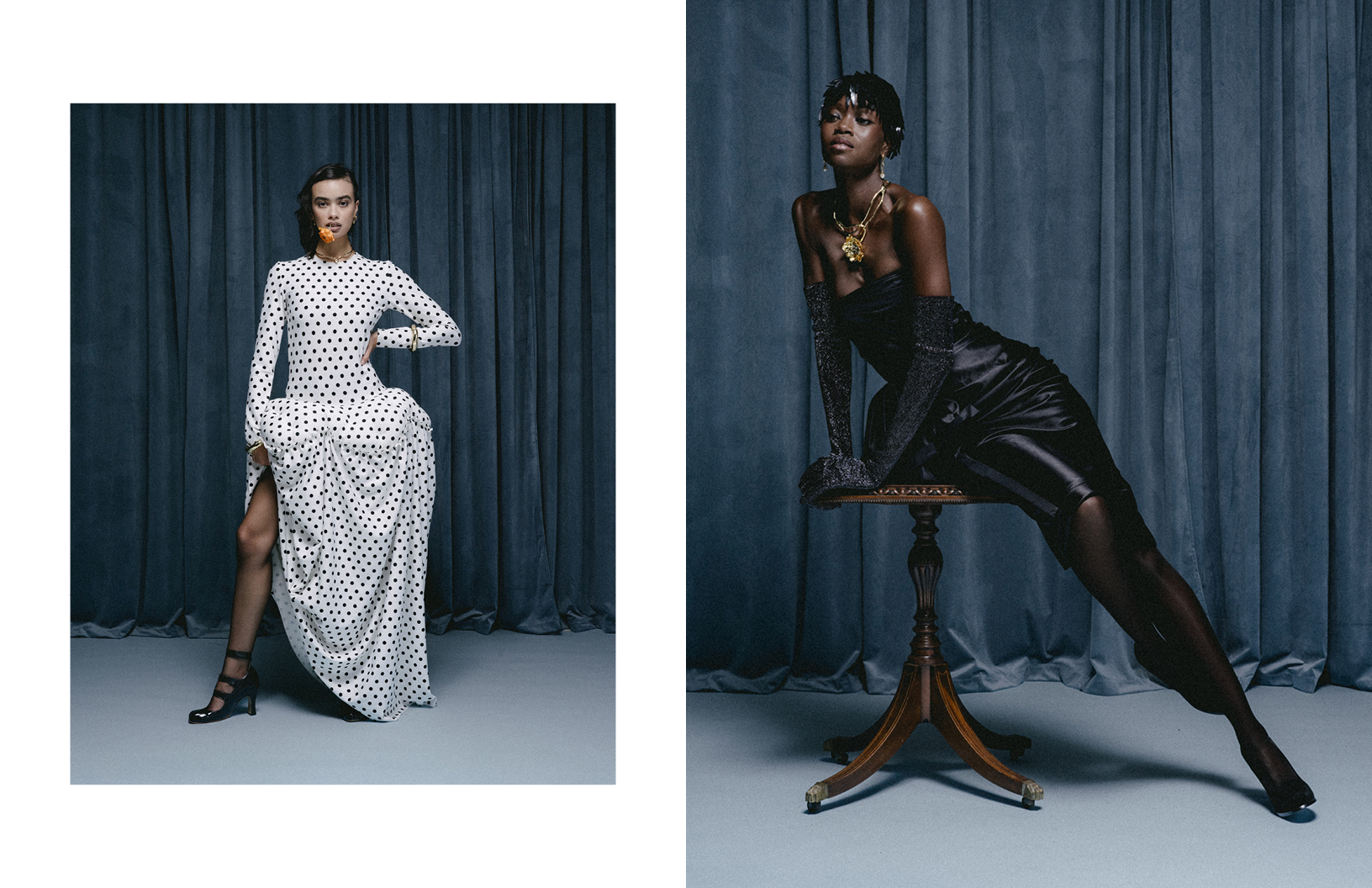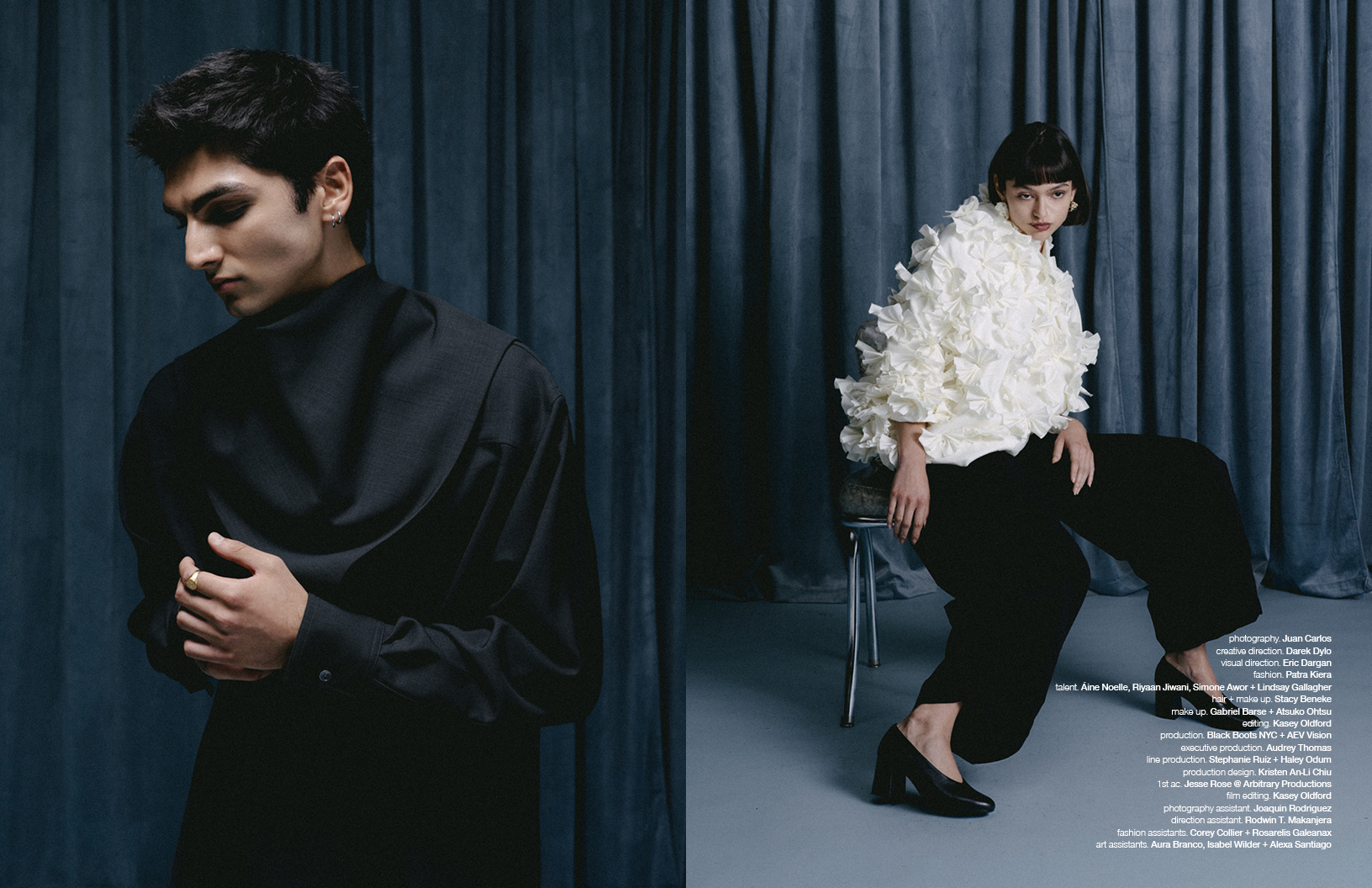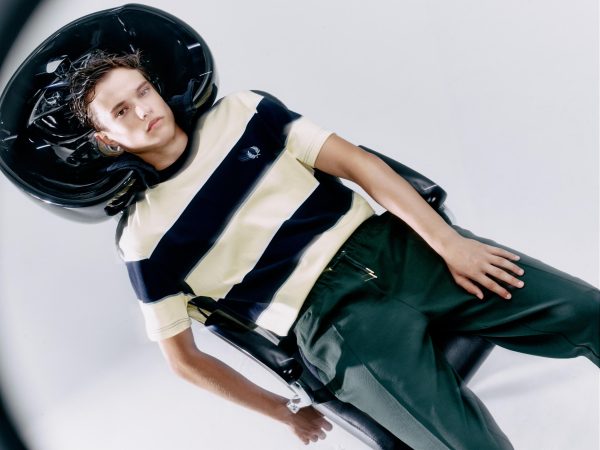 For anyone familiar with the Parisian skyline, the Centre Pompidou is one of the most iconic features visible from any vantage point around the city. With its archetypal structure and features, it’s synonymous with Parisian innovation. As the world spotlight focuses on the French capital for the Olympics, Nike has partnered with the Centre Pompidou to celebrate sports in all their victorious beauty by hosting an exhibition at the contemporary arts centre.
For anyone familiar with the Parisian skyline, the Centre Pompidou is one of the most iconic features visible from any vantage point around the city. With its archetypal structure and features, it’s synonymous with Parisian innovation. As the world spotlight focuses on the French capital for the Olympics, Nike has partnered with the Centre Pompidou to celebrate sports in all their victorious beauty by hosting an exhibition at the contemporary arts centre.
For the occasion of the “Art of Victory” exhibition, Nike has also installed a gigantic screen façade that covers the entirety of one of the centre’s façades, visible for kilometres around—a feat that has transformed the skyline for the duration of the games. This screen showcases the glorious timeline of Nike’s relationship with sports, celebrating its multifaceted history through incredible motion videos.
Collaborating with the Centre Pompidou was an evident opportunity, Juliana Sagat, Lead Designer of Women’s Footwear Product Lifestyle at Nike, tells us as we explore the exhibition. After all, it was this iconic building that inspired the radical design of the Air Max 1 nearly 40 years ago. As we walk into the exhibition that retraces the past, present, and future of Nike’s signature Air technology, Sagat explains the premises that brought about the innovation. “The exhibition is a genealogy of what Air is—nearly 50 years ago, Frank Rudy came up with this audacious idea of putting air in sneakers to help athletes perform better,” she explains, showing us the very first shoe that emerged from that design process in 1978.
While Sagat was born in Paris and raised in Saint-Ouen, she moved to Portland, Oregon, in 2018 to join the Nike universe after a career with fashion greats such as Marc Jacobs, Kenzo, Givenchy, and Isabel Marant. As we wander around the exhibition, she explains how the archives of Nike’s designs—many of which are on show at the Centre Pompidou—are fundamental. “We have this amazing space in Portland, which is a very secret building with all the Nike archives. It’s a dream for a designer like me to go there. You can see everything, from original designs to boxes and posters, and usually, you have someone who can tell you the backstory, some anecdotes, fun facts, which is amazing insight.”
“Obviously, Air was for running at the beginning, but then all the disciplines were covered—training, basketball, soccer…,” Sagat tells us, as she shows us the gallery walls, which are covered in the air pockets of various Nike designs, showing with glee how different each one is. “You can see all the different Air units here—which are actually what we put inside the shoe. Each one has a different shape, a different approach to assembling the sneaker.”
The exhibition traces the steps and design evolution that brought forth the iconic Air models—from Nike Air Trainers to Nike Air Max Plus, Nike Air Zoom, to more recent designs such as the Nike Air Max DN.
“This wall here is one of my favourites,” Sagat enthuses, showing us a quiet corner of the room. “It was in the ’90s and 00s that Air, which came from performance, became a social and cultural phenomenon. And it’s especially fun for me, coming from Paris, that the Nike Air Max Plus was dubbed ‘The Shark’—Le Requin, and it was when the air unit went from being invisible to being visible, bringing with it the underground culture that surrounded it, with artists wearing them—it really is at the intersection of sports, culture, and the underground.” As you move around the room, you discover the design evolution, often linked to the emergence of new technologies, as well as cultural shifts.
In the second part of the exhibition, we’re projected into the future, as Sagat explains. “This is literally my favourite room; it’s about the bold imagination of sports and cutting-edge innovation. We collaborated with 13 different athletes, from Wembanyama to Sha’Carri, Nike athletes, to change our way of working and dream about the future of Air technology.”
Working with custom AI and generative tools developed by Nike, the exhibition displays designs as imagined by athletes, according to the performance of their discipline and their specific needs. “It was a real collaboration between the athletes, Nike designers, and scientists. We really wanted to bring out the individuality and personality of each athlete to light with the prototypes. We wanted to talk about their dreams, their ambitions, their character and channel all of that into one shoe. It’s almost like art meets science, with the personality of the athlete introduced as well, which brings an emotion to the mix.”
As one of the rare occasions in which a house as innovation-centric as Nike opens up their design process to share intricate details with the public, the Art of Victory exhibition is an oneiric, ambitious exhibition that delves into the very heart of design. Combining the human aspect of sports with personality, innovation, and futuristic technologies as only Nike can, the exhibition is perfectly aligned with the values of the Olympics—and allows us to dream big for the duration of the show and beyond.
The Art of Victory exhibition will be open until August 11 at the Centre Pompidou.
words. Patrick Clark
photography. Courtesy of Nike



























